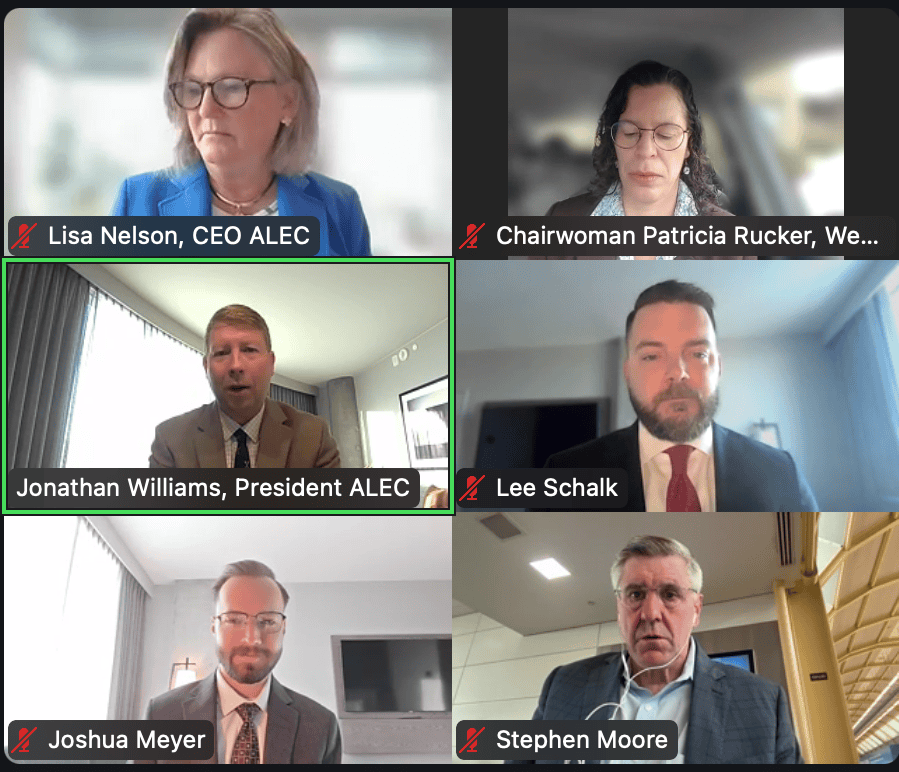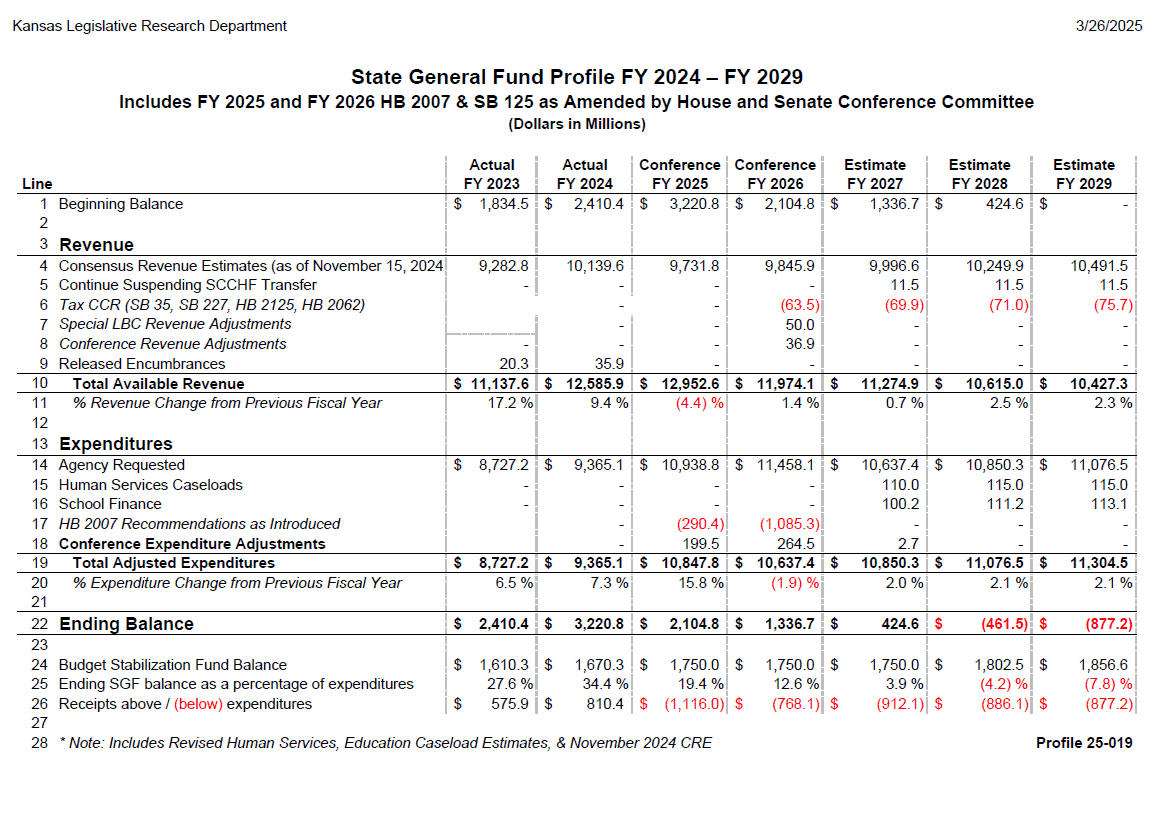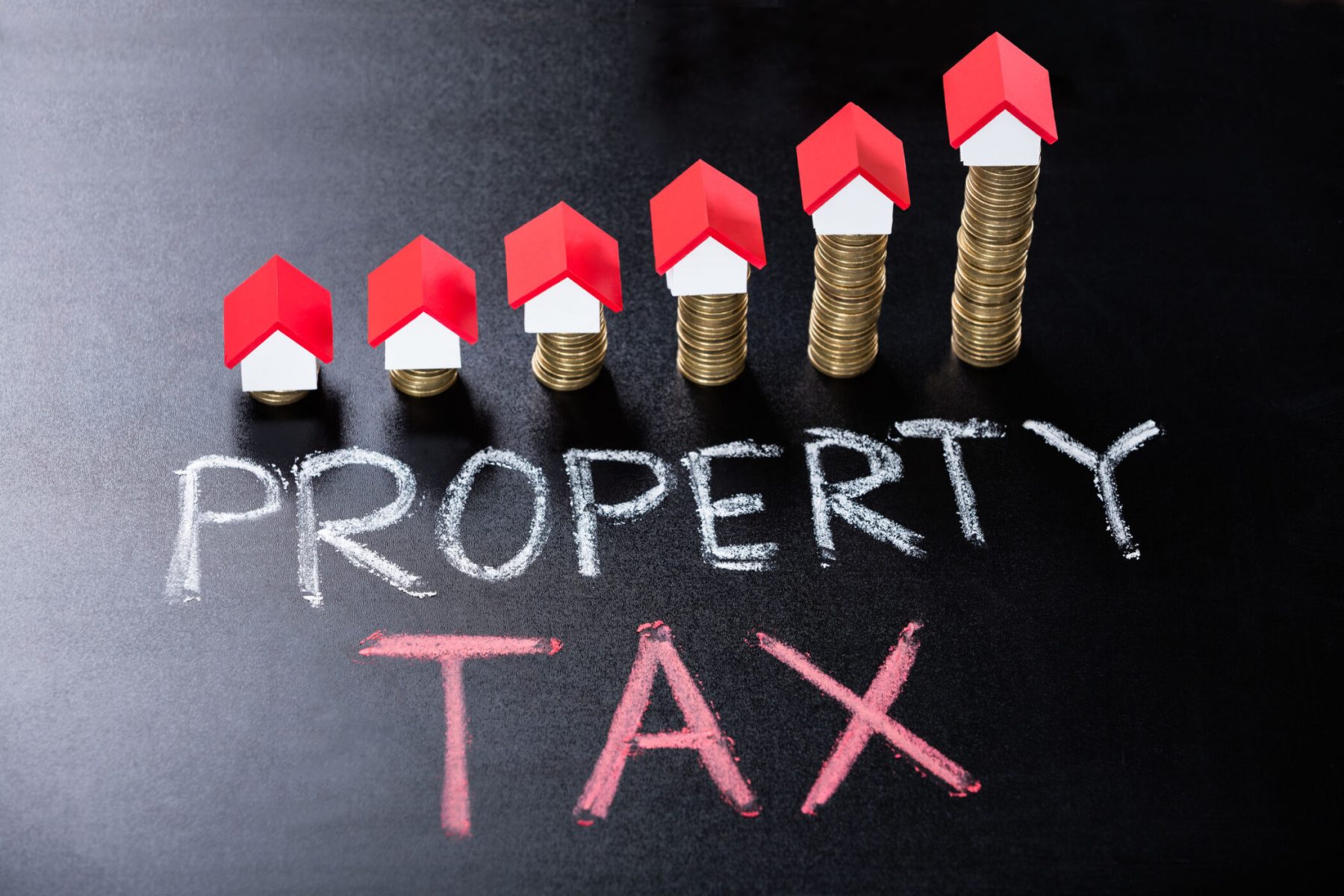The outlook for the Kansas economy continues marching up the rankings of states in the 18th annual Rich States, Poor States survey sponsored by the American Legislative Exchange Council (ALEC). The Sunflower State has risen from 39th in 2021 to 30th in 2023, 27th in 2024—to 23rd in 2025.
While the state lagged behind others in the number of government employees per 10,000 population, and sales tax and property tax burdens, Kansas had top scores in being a Right-to-Work state in which union membership is not mandatory for employment, and having no inheritance tax, the so-called “death tax”, and in matching the federal minimum wage of $7.25 per hour.
The survey lists 15 variables illustrating states’ commitment to expanding economic opportunities.
- Top marginal personal income tax rate
- Top marginal corporate income tax rate
- Personal Income Tax Progressivity
- Property tax burden
- Sales Tax Burden
- Remaining tax burden
- Estate or Inheritance Tax
- Recently legislated tax changes
- Debt service as a share of tax revenue
- Public employees per 10,000 of population
- State liability system costs
- State minimum wage
- Average Workers’ Compensation Costs
- Right-to-Work state?
- Tax expenditure limits

Analysis by Dr. Vance Ginn, Senior Fellow at the Kansas Policy Institute, owners of The Sentinel, applauded the Kansas ranking, and appeared optimistic of further improvement, as the ALEC survey came before the legislature in its waning days overrode Governor Laura Kelly’s veto of SB 269, which provides a future ratcheting-down of personal and corporate tax rates if two conditions exist:
- State revenues must exceed inflation-adjusted 2024 revenue levels.
- The state’s Budget Stabilization Fund must hold at least 15% of general fund revenues.
Dr. Ginn comments on what he describes as the “forward-thinking” new law:
“If those conditions are satisfied, tax rates would step down automatically each year as state revenues increase—eventually flattening the personal income tax to 4%, reducing corporate rates, and cutting bank tax rates to as low as 2.6%. It’s an innovative design that avoids past mistakes and ties tax relief to economic performance and spending restraint.”

For the 18th year in a row, Utah stands atop the ALEC Rich States, Poor States survey rankings in economic outlook. ALEC’s President and Chief Economist, Jonathan Williams, suggested that Kansas passing Truth in Taxation legislation in 2020, following the Utah model, actually did the Beehive State one better on the always-contentious issue of property tax at the local level:
“Kansas, being the first out of the gate, probably has tightened up some of the Utah language and even made it more restrictive in terms of property tax growth. Kansas has seen really great success. Our friends at the Kansas Policy Institute have documented in the last several years (that) a vast majority of localities in Kansas have not raised property taxes because of Truth in Taxation.
“Of course, it doesn’t automatically cap what local governments can do, but it says if you’re going to raise more revenue than you did the year before, whether it’s based on assessments or rates of property taxes, then you basically need to be honest about that; have a public hearing and then take a recorded vote to actually keep the difference. If not, the rates will revert downwards, so it will hold taxpayers harmless. So, it’s a really novel idea.”
Study co-author and former presidential economic advisor Stephen Moore commented on measures states need to take to rise in the rankings:
“I just want to make sure people understand that there’s a very, very high correlation between the policies these states put into effect and their economic outcomes. We’ve been doing a lot of work on the migration of people, capital, and businesses, and it’s all going to the southern states, to the mountain states with low taxes, right-to-work laws, less regulation; all these things really have a profound impact on the performance of the states.”
There is one caveat, however, to the potential impact of SB 269: legislators must get state spending under control. Kansas Legislative Research Department projects Kansas will hit budget deficits in FY 2028 because spending is already much greater than revenue.

Legislators and Governor Kelly increased State General Fund spending by 64% between 2018 and 2025, which is more than double the anticipated inflation rate of 27%. The SGF budget would be $2.4 billion lower this year if it had just increased for inflation.


